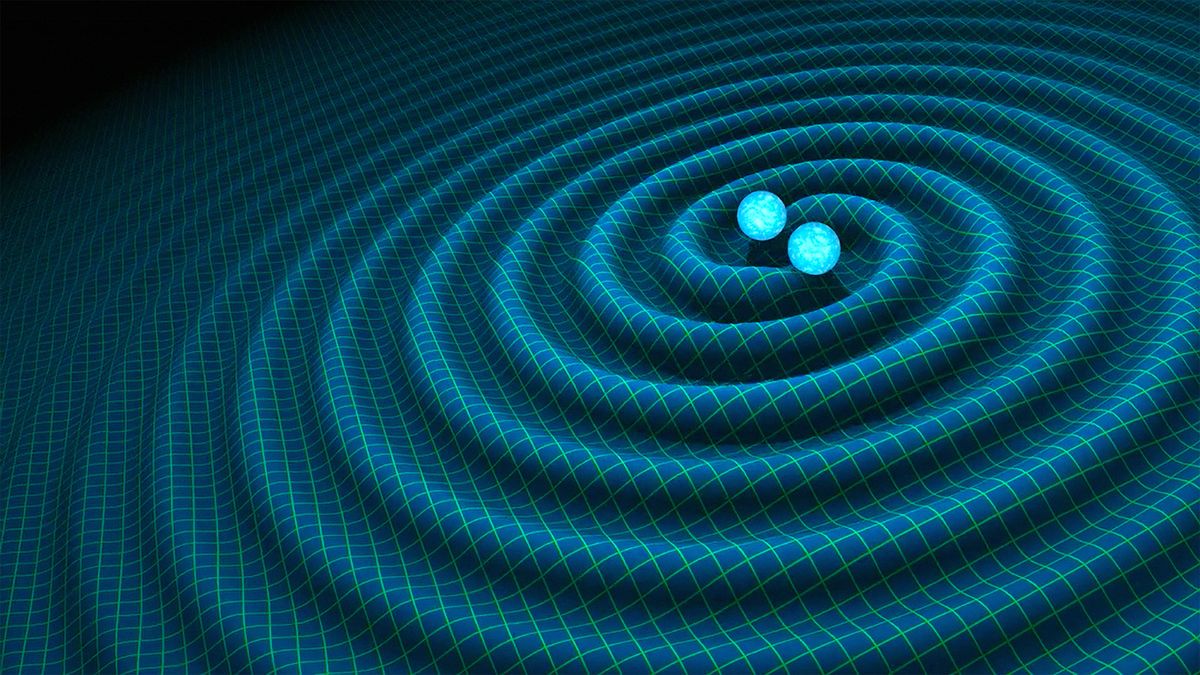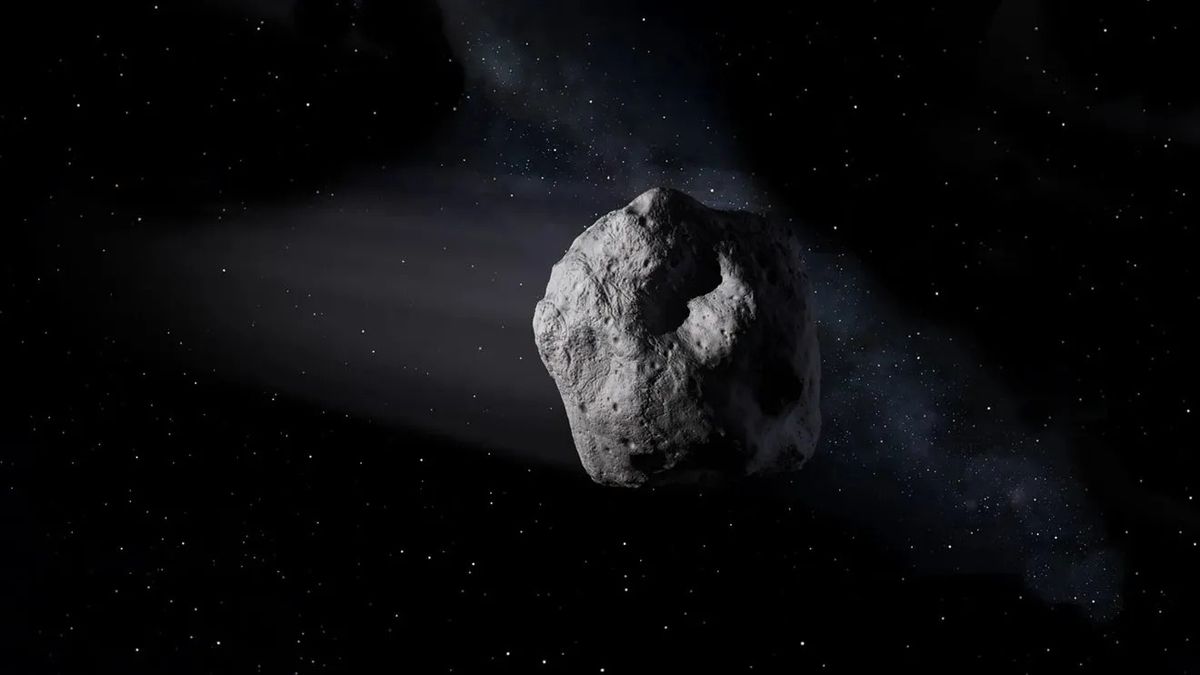Now Reading: Black Hole Pair Reveals Hidden Mathematics of the Universe
-
01
Black Hole Pair Reveals Hidden Mathematics of the Universe
Black Hole Pair Reveals Hidden Mathematics of the Universe

Quick summary
- Scientists have achieved unprecedented precision in modeling gravitational waves produced by two black holes passing closely by each other, known as “scattering events.”
- The study was conducted by Mathias Driesse’s team at Humboldt University and published in the Nature journal.
- Gravitational waves were frist predicted by Einstein’s general relativity theory and detected in 2015; they are key tools for understanding extreme cosmic phenomena.
- Previous models used computationally intensive simulations of black hole mergers; this research proposes a mathematical approach based on quantum field theory for scattering events.
- Researchers calculated how black holes deflect, radiate energy as gravitational waves, and recoil after interaction using advanced mathematical methods up to the fifth post-Minkowskian order – the highest precision ever achieved for such interactions.
- Remarkably, six-dimensional shapes called Calabi-Yau manifolds surfaced during calculations related to gravitational wave energy emissions. While previously considered abstract concepts from string theory, this study connects them with observable phenomena for the first time.
- Findings may enhance future theoretical models aligning with next-generation detectors like LISA and the Einstein Telescope set to launch soon.
!Image: Two black holes spiraling close together creating ripples of gravitational waves (Image credit: NASA)
!Visualization showing turquoise ripples emanating from two dark spheres (Image credit: mathias Driesse/Humboldt Universität zu Berlin)
Indian Opinion Analysis
The groundbreaking advancements in modeling gravitational wave signatures hold global scientific significance, emphasizing India’s opportunity to further its position as an emerging contributor to astronomy research through collaboration with international initiatives like LISA or autonomous projects spearheaded by organizations such as ISRO (Indian Space Research Organisation).
India has already shown skill in astrophysical exploration through missions like astrosat and Aditya-L1 focused on solar studies-these efforts could be complemented by building small but specialized observatories tuned towards detecting faint ripple signals or extending AI-driven data computation capabilities for precise cosmic event modeling alongside complex mathematics similar to this study’s approach.Additionally, participation will align with India amplifying its STEM influence globally while enabling scientists here opportunities linked directly to this expanding field that not only decodes worldwide enigmas but ties abstract physics principles closer toward testable real-world data interpretations-a synthesis active models exhibited benefits key new telescope detectors receive likely maturity usb optimally aligned future contours sharper prepared motion prediction,























